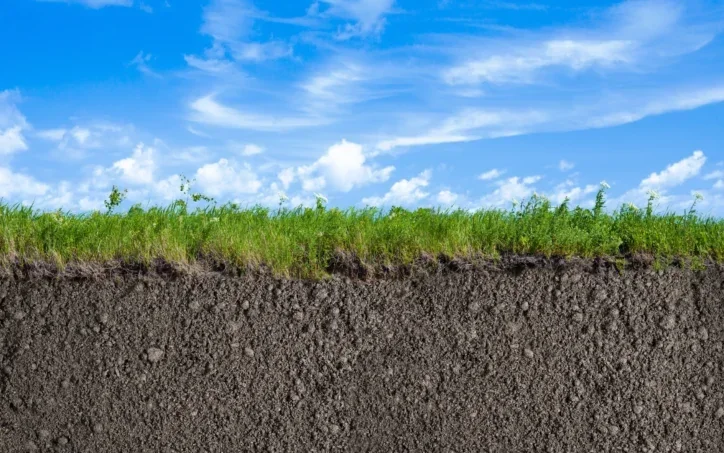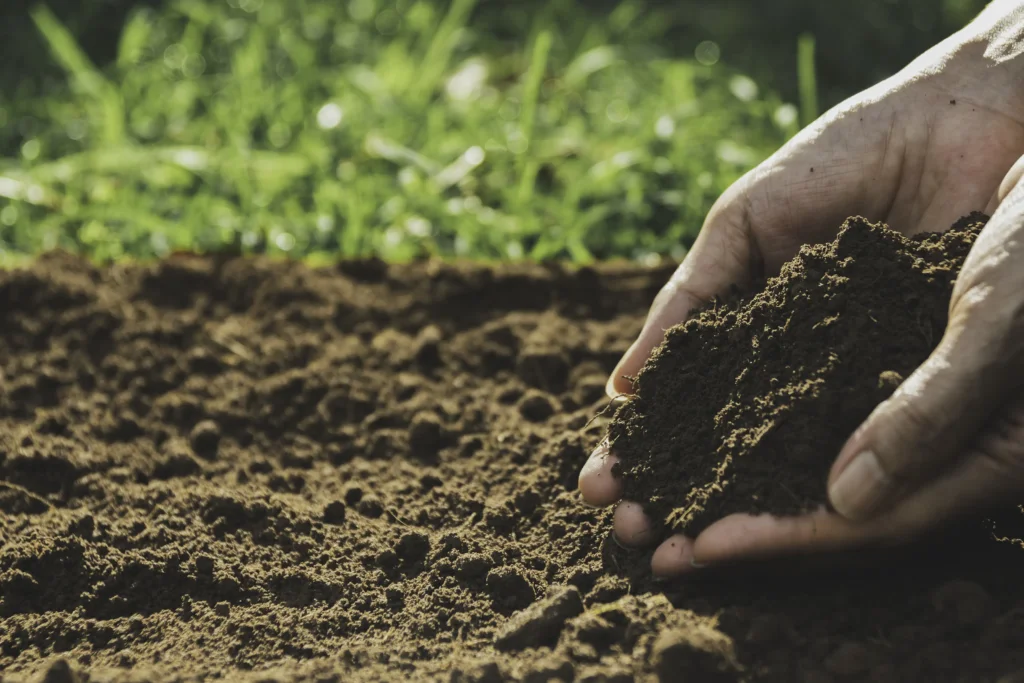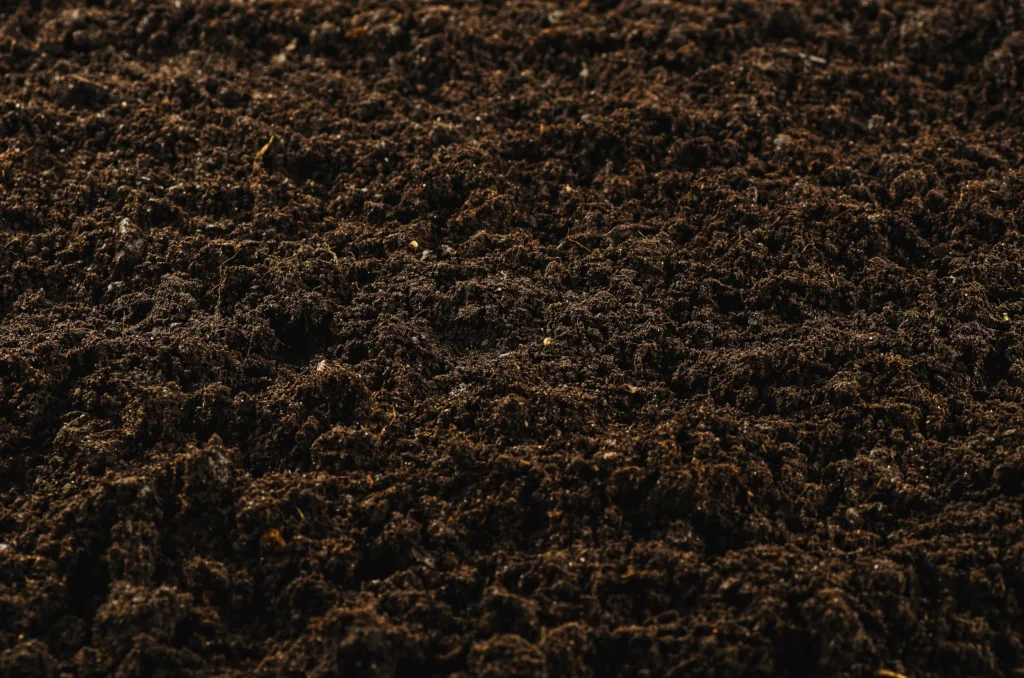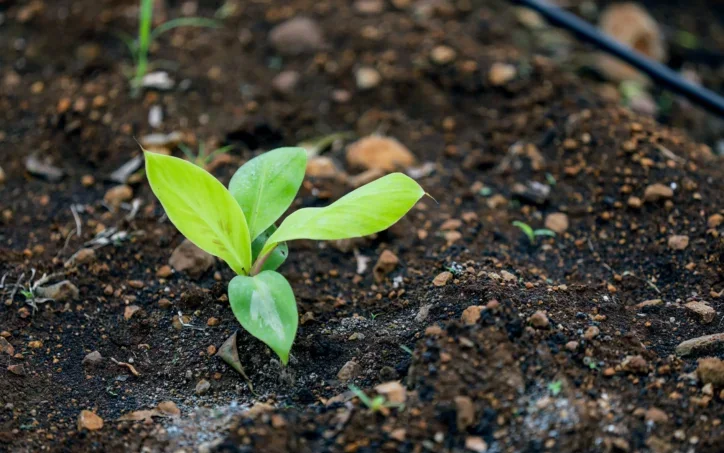土壌用活性炭
.webp)
土壌用活性炭の購入
活性炭(AC)は、主に望ましくない汚染物質を吸着・固定化するために土壌添加剤に使用される。活性炭の構造は非常に多孔質で、有機汚染物質(農薬、除草剤、PAHs、工業残渣など)と特定の重金属を結合させる非常に効果的なスポンジのように機能する。これにより、植物や土壌生物に対するこれらの汚染物質の生物学的利用能や潜在的毒性を低下させ、ACで改良された土壌の汚染土壌を効果的に修復したり、植物への影響を防止したりすることができる。
業界の課題
用量最適化の複雑さ
- 土壌の種類や汚染状況によって異なるため、効果的な散布量を最適化し計算することは困難である。
- 過少施用は汚染物質を効果的に固定化しない一方、過剰施用は微生物群や土壌構造の破壊につながる可能性がある。
素材の整合性の問題
- 性能は技術/ACによってばらつきがある。
- このばらつきは、さまざまな土壌環境における汚染物質や栄養素の吸着や相対的な信頼性に影響を与える可能性がある。
潜在的な生態系への悪影響
- また、ACは有益な有機物や栄養素を吸着する可能性があり、微生物のプロセスを変化させ、生物地球化学サイクルを変化させる可能性がある。
- また、ACのアルカリ性はpHを変化させ、堆積物や土壌の機能だけでなく、影響を受けやすい土壌における植物の生育もさらに変化させる可能性がある。
一様分布の課題
- 現場での応用に有用な規模の均一な分布は、依然として技術的な課題である。
- これは、土壌の混合深さと徹底度が処理効果に影響する原位置浄化にも当てはまる。
長期的な安定性
- スケールアップに課題があり、化学的に改良された新しいACは、現場での寿命や安定性が未知数である。
- 表面改質がどの程度持続するかは、吸着能力がどの程度持続するかと共に検証される。
活性炭の種類
-r8fslg51nt6wgjtvh6yldxb1gtkgm3lpe0oq1akgog.webp)
- ヨウ素価:600-1200
- メッシュサイズ:1×4/4×8/8×16/8×30/12×40/20×40/20×50/30×60/40×70 (その他のサイズはお問い合わせください)
- 見かけ密度400-700
当社の活性炭を使用する理由

一貫したパフォーマンス品質:
当社の活性炭は、バッチ間で均一な細孔構造と吸着能力を維持し、信頼性の高い土壌浄化結果を実現します。

環境適合性の向上:
特別に設計された表面化学物質が、土壌の栄養分や微生物生態系への意図しない影響を最小限に抑える。

長期安定の保証:
改質された炭素マトリックスにより、環境条件の変化にも汚染物質との結合が持続し、土壌構造も改善される。

持続可能な生産プロセス:
再生可能な原材料とエネルギー効率の高い活性化方法を利用し、エコロジカル・フットプリントを削減。

汚染物質ターゲットの最適化:
カスタマイズ可能な官能基は、重金属や有機化合物のような特定の汚染物質の優れた固定化を可能にする。
プロセスと技術
1.水田土壌のヒ素汚染の修復
ソリューションの概要
活性炭(AC)は、ヒ素で汚染された水田土壌に施用され、溶存有機物(DOM)を吸着することでヒ素を固定化し、微生物による酸化鉄の還元とそれに続くヒ素の放出を媒介する。

主な利点
- DOM主導の電子シャトリングを阻害することにより、米粒中のヒ素の生物学的利用能を低下させ、メタン排出を抑制する。
- 長期的な間隙水のDOM還元により、作物へのジメチルアルセネートの蓄積を減少させる - 二次汚染物質を導入することなく、土壌の酸化還元安定性を向上させる
- 二次汚染物質を導入することなく土壌の酸化還元安定性を高める
- 食用部分へのヒ素の移行を抑制しながら、コメの生産性を維持する。
2.汚染土壌における重金属の安定化
ソリューションの概要
化学修飾されたAC(硫黄ドープ、リン酸塩強化、金属酸化物コーティングなど)は、表面錯体化、沈殿、イオン交換を通じて、カドミウム(Cd)や鉛(Pb)などの重金属を固定化する。

主な利点
- 官能基(スルフヒドリル、リン酸など)を介して安定した金属-炭素複合体を作り、植物利用能を低下させる。
- 毒素を固定化しながら栄養分(リンなど)を保持することで、相乗的に土壌の肥沃度を向上させる。
- 微生物群集の組成を変化させ、金属抵抗性の分類群に有利に働き、植物による金属取り込みを減少させる。
- 様々な土壌水分条件下で固定化金属の長期安定性を維持する。
3.粘性土の物理的構造改善
ソリューションの概要
ACは、物理的な足場として機能することにより、圧縮された粘土質土壌の間隙ネットワークの連結性を高め、マクロ空隙率と透水係数を増加させる。

主な利点
- 相互に連結したマクロポアを形成することにより、土壌の通気と水の浸透を改善する。
- 土壌の嵩比重を低下させ、根の侵入に対する機械的抵抗力を低下させる。
- 乾燥土壌や湛水土壌のガス拡散と水分保持能力を高める。
- 集約的に管理された農業用土壌の圧縮に対する回復力を高める
4.土壌炭素貯留と温室効果ガス削減
ソリューションの概要
ACの導入は、微生物の呼吸経路を変化させることにより、土壌有機炭素の長期貯蔵を促進し、温室効果ガス(CO₂、N₂O、CH₄)の排出を削減する。

主な利点
- 有機物を物理的に保護することで、安定した炭素プールの形成を促進する。
- 嫌気性微小領域で電子供与体を奪い合うことによりメタン生成を抑制する。
- 脱窒に使用される窒素基質を吸着することで、亜酸化窒素の排出を削減する。
- 農作物の収穫量を損なうことなく、農業システムの地球温暖化ポテンシャルを低下させる
5.持続可能な廃棄物由来の改良剤
ソリューションの概要
農業廃棄物のバイオマス(ナツメヤシの種子、カシューナッツの残渣、汚泥など)から生産されるACは、有機廃棄物の流れを再利用する環境に優しい土壌改良材である。

主な利点
- 廃棄物を付加価値の高い土壌改良剤に変換することで、循環経済の原則を活用する。
- 原料の選択と熱分解条件により細孔構造と表面機能を調整する
- 環境に配慮した活性化方法(腐食性化学物質の代わりにシュウ酸ナトリウムを使用するなど)により、環境フットプリントを最小限に抑える。
- 廃棄物の有価化と土壌の品質向上という2つのメリットをもたらす

-r8fsli0q1h9h3rr567ruiwtynlb71ht629zozuhoc0.webp)
-r8fslbfupn0gui0p8mxgjghqhw7mjm31pdfamwrfjk.webp)
-r8fsle9da54btbwls65c8xs4a1tq6pe8prdr2qn90w.webp)







